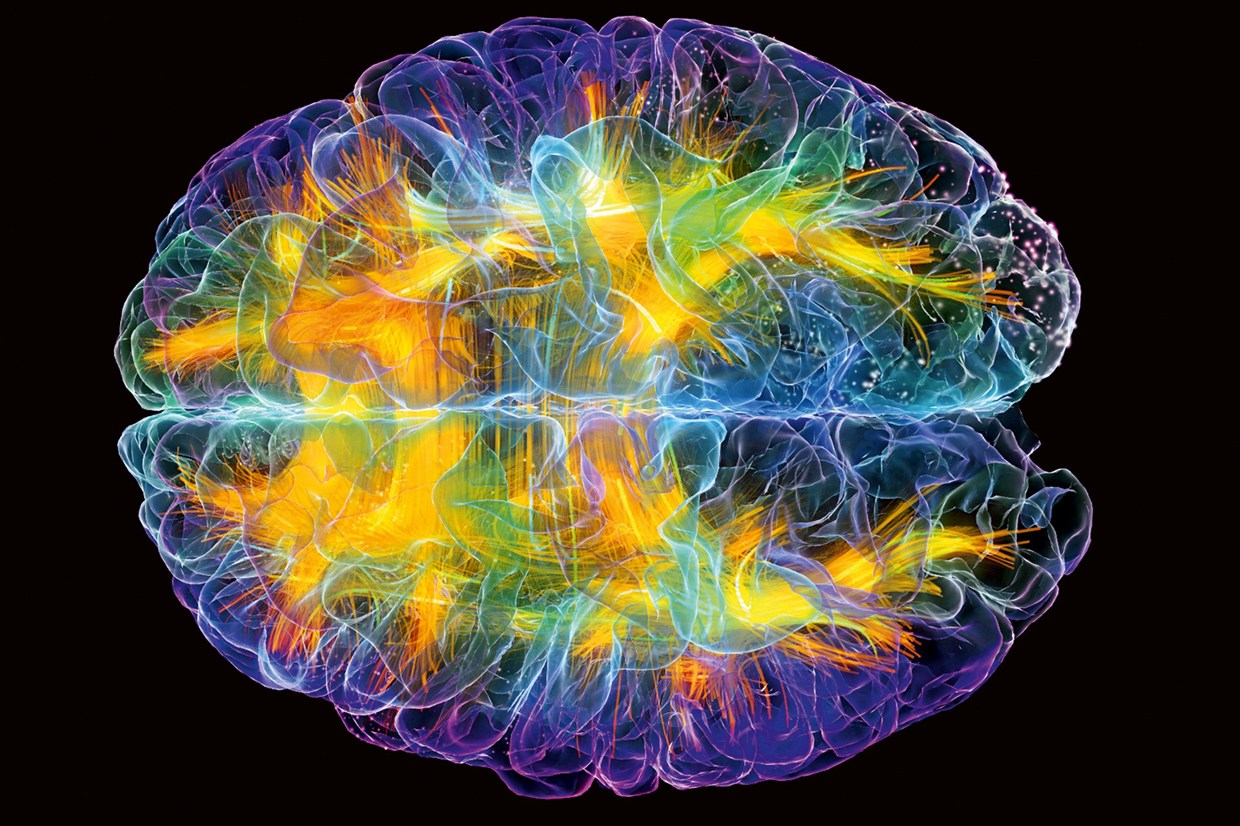General requirements
Students applying for internships must either be awarded credits for their work (e.g. master thesis) or provide their own funding (e.g. non-credited summer internship).
If you are interested in one of the research topics listed below, contact the person mentioned at the bottom of the project description by email with your CV, Bachelor and Master grades, and how many credits and hour per week you are available.
The list of partner universities can be found here. To join the Ramdya Lab, you should register first through EPFL academic services – please check the following website for additional information. After completing these administrative tasks, contact the person mentioned at the bottom of the project description by email with your CV, Bachelor and Master grades, and for how long you hope to join the lab.
You are welcome to apply to join the Ramdya Lab, but you will need to find your own funding source e.g. a scholarship, a grant, etc. After securing this support, contact the person mentioned at the bottom of the project description by email with your CV, Bachelor and Master grades, and for how long you hope to join the lab.
Broadly-defined projects
These first projects are broadly defined. We welcome students to work on available challenges in these general areas every semester. The precise project will depend on the status of lab projects at the start of each semester.
Use computational tools to study neural circuit activity
A central goal of neuroscience is to link neural activity and behavior. The objective of this project is to use computer vision and machine learning-based approaches to extract neural activity patterns during behavior and to make accurate predictions relating behavioral and internal states. This project at the interface between computer science and neurobiology will be supervised at the Neuroengineering Laboratory.

| Type: | Semester project, Master project (full-time) |
| Section(s): | Computer Science, Data Science, Physics, Robotics, Microengineering, Bioengineering |
| Type of work: | 60% software, 20% research, 20% theory |
| Requirements: | Python and/or C/C++ |
| Subject(s): | Computer vision, Machine learning, Neuroscience |
| Contact(s): | Pavan Ramdya |
Build artificial neural networks to control a simulated fly.
To understand the behavior of a complex system it is often necessary to build a model. The goal of this project is to help develop biorealistic controllers for a physics-based neuromechanical simulation of the fly, Drosophila melanogaster. This project lies at the interface between robotics, computer science, and neuroscience and will be supervised at the Neuroengineering Laboratory, possibly in close collaboration with the BioRobotics Laboratory.
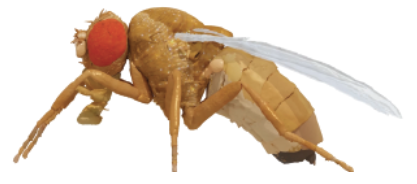
| Type: | Semester project, Master project (full-time) |
| Section(s): | Computer Science, Physics, Robotics, Data Science, Microengineering, Bioengineering |
| Type of work: | 60% software, 20% research, 20% theory |
| Requirements: | C/C++, and/or Python |
| Subject(s): | Robotics, Physics-based Simulations, Animal Behavior, Neuroscience |
| Contact(s): | Pavan Ramdya |
Use robotic systems to automate biological experimentation
Biological experiments often require skill and extensive training. They can also be repetitive. The objective of this project is to democratize and automate experimentation by developing automated vision-guided robotic systems that perform behavioral and/or neural studies. This project at the interface between robotics and neurobiology will be supervised at the Neuroengineering Laboratory, possibly in collaboration with the Microrobotics Laboratory.
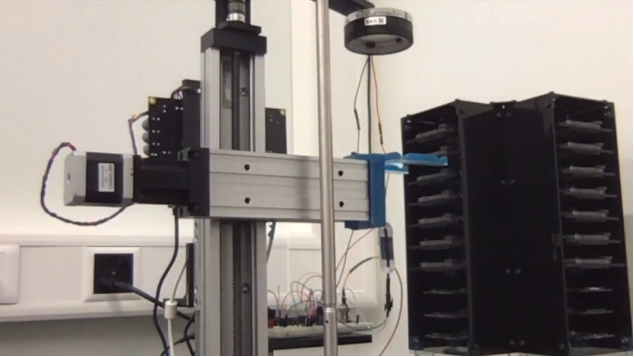
| Type: | Semester project, Master project (full-time) |
| Section(s): | Robotics, Microengineering |
| Type of work: | 60% hardware, 20% research, 20% theory |
| Requirements: | Robotics / electronics experience |
| Subject(s): | Robotics, Neuroscience |
| Contact(s): | Pavan Ramdya |
Use computational tools to study animal behavior
Insects generate complex behaviors even with a numerically small nervous system. But what exactly is a ‘behavior’? How can we quantify and segment individual actions from one another? The objective of this project is to leverage computational and machine learning approaches to study the behavior of flies. These behavioral sequences can then be linked to simultaneously acquired neuroimaging data. This project at the interface of computer science, and neuroscience will be supervised at the Neuroengineering Laboratory, possibly in close interaction with computer science laboratories on campus.
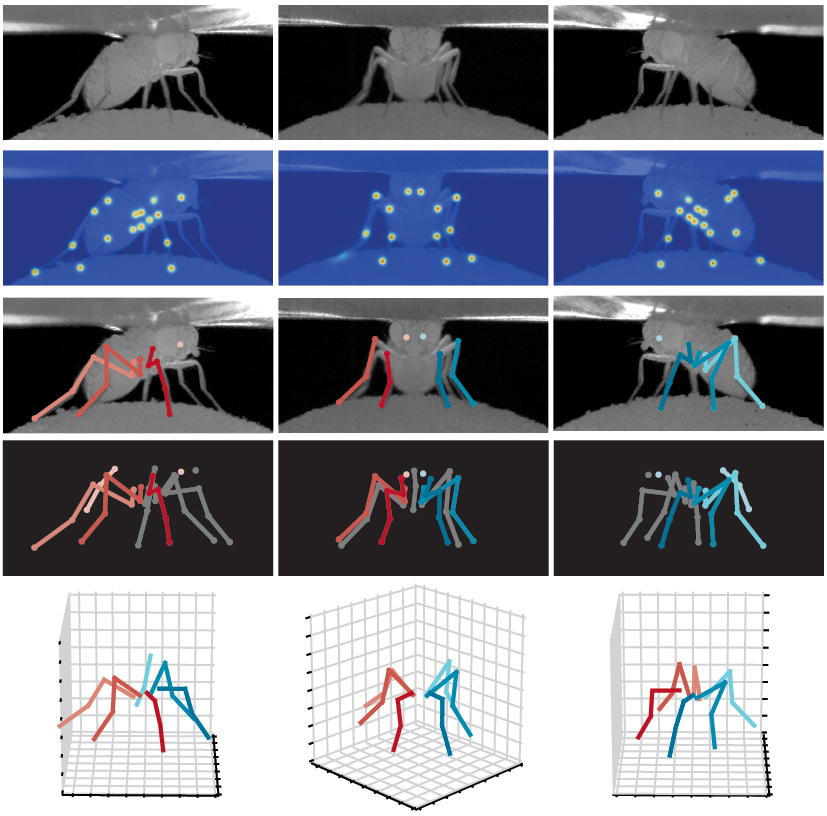
| Type: | Semester project, Master project (full-time) |
| Section(s): | Computer Science, Data Science, Physics, Robotics, Microengineering, Bioengineering |
| Type of work: | 60% software, 20% research, 20% theory |
| Requirements: | C/C++, and/or Python |
| Subject(s): | Machine learning, Computer Vision, Animal Behavior, Neuroscience |
| Contact(s): | Pavan Ramdya |
Study the full graph (connectome) of the fly nervous system
It has recently become possible to analyze the connectome (a graph representing the connections between every neuron in the brain or motor system of the fly. The goal of this project is to further improve and explore this graph to answer specific questions about neural circuit motifs underlying complex motor behaviors. This project at the interface of computer science, mathematics, and biology will be supervised at the Neuroengineering Laboratory.
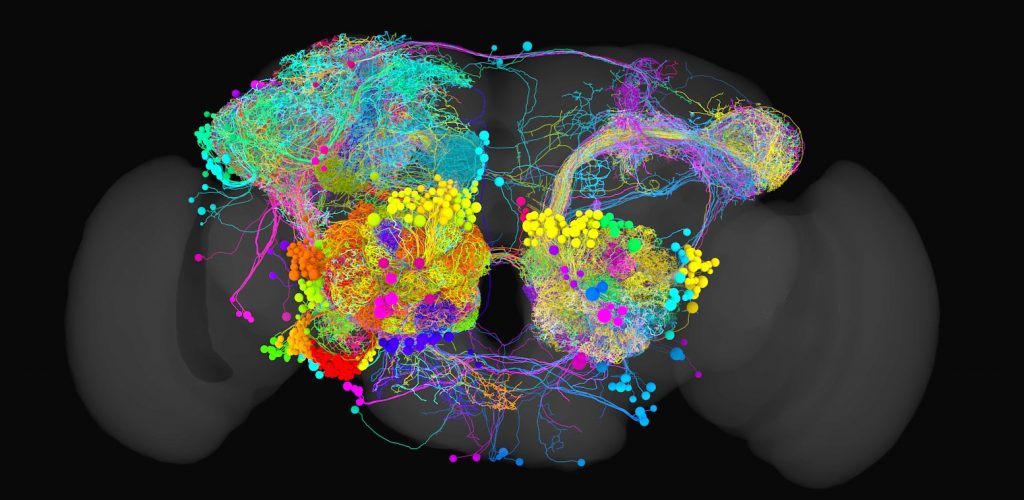
| Type: | Semester project, Master project (full-time) |
| Section(s): | Computer Science, Data Science, Physics, Mathematics, Bioengineering |
| Type of work: | 60% software, 20% research, 20% theory |
| Requirements: | Python |
| Subject(s): | Network analysis, Neuroscience |
| Contact(s): | Pavan Ramdya |
Behavioral studies in the laboratory
This project will provide hands-on experience working with flies in the laboratory. Specific goals of this project will depend on the needs of a particular research direction but will require an examination of how neural activation or other perturbations modulate animal behavior. The student will get the opportunity to design experiments and analyze their own data. This project in neuroscience will be supervised at the Neuroengineering Laboratory.
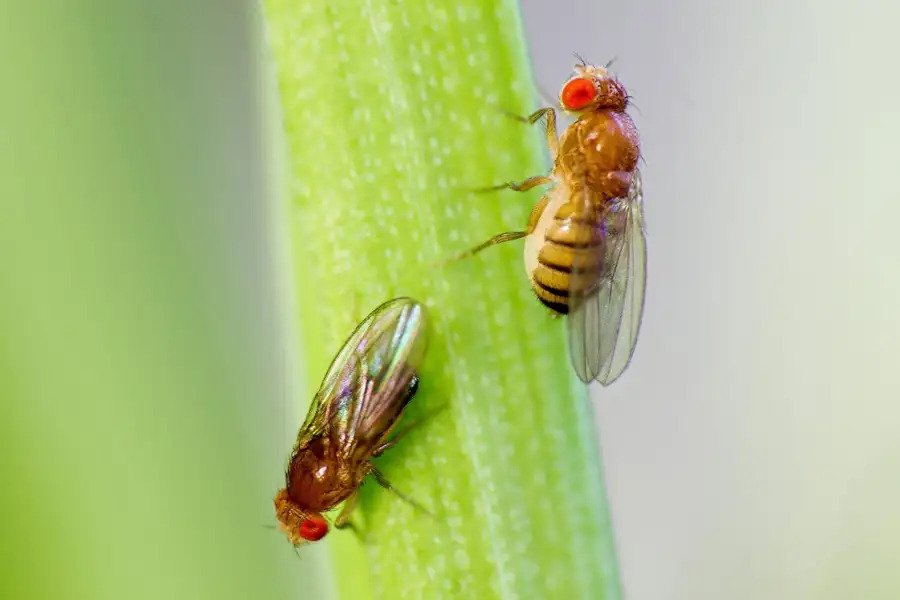
| Type: | Semester project, Master project (full-time) |
| Section(s): | Bioengineering, Robotics, Computer Science, Data Science, Physics |
| Type of work: | 60% lab work and research, 20% analysis, 20% theory |
| Requirements: | Python |
| Subject(s): | Neuroscience, Behavioral science |
| Contact(s): | Pavan Ramdya |
Build a robotic fly
Nature has solved numerous challenges associated with autonomous behavioral control. We hope to leverage these solutions in robotics. The goal of this project is to construct an insect-inspired robot and to test bioinspired algorithms of limb control. This project at the interface of robotics and biology will be supervised at the Neuroengineering Laboratory in collaboration with EPFL robotics groups.
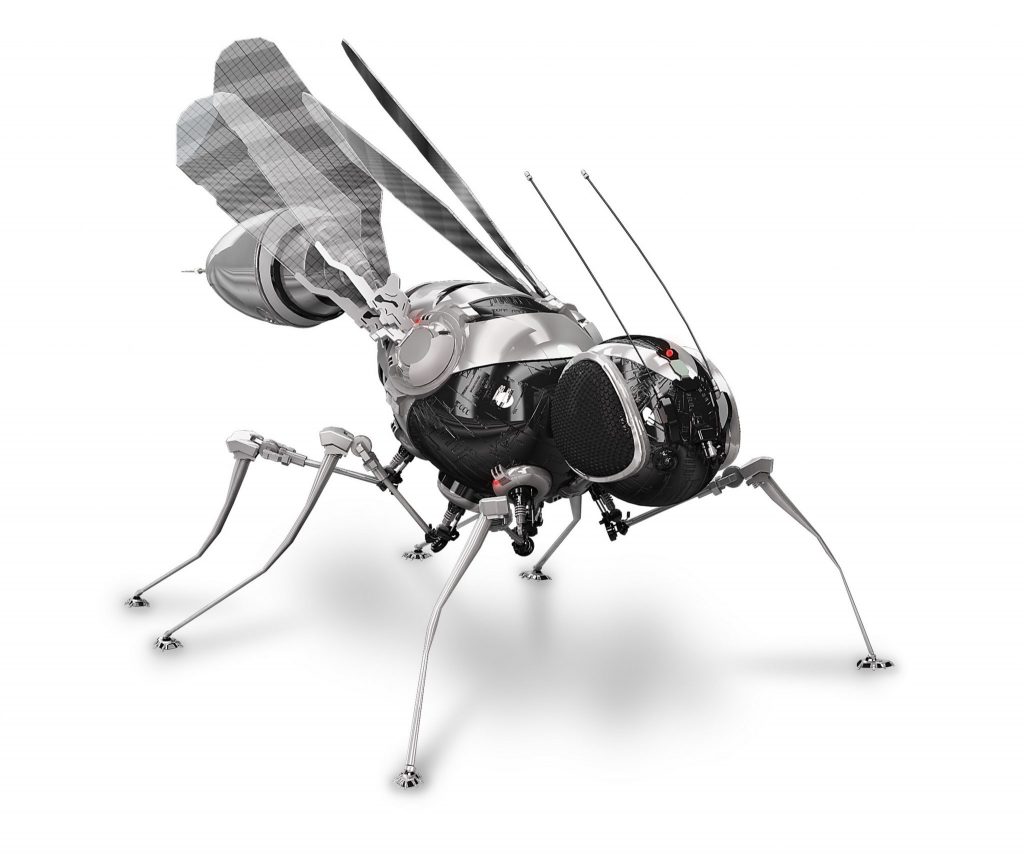
| Type: | Master project (full-time) |
| Section(s): | Robotics, Microengineering, Physics |
| Types of work: | 60% microfabrication, 20% research, 20% theory |
| Requirements: | Microfabrication and/or Electronics experience |
| Subject(s): | Robotics, Biomechanics, Control |
| Contact(s): | Pavan Ramdya |
